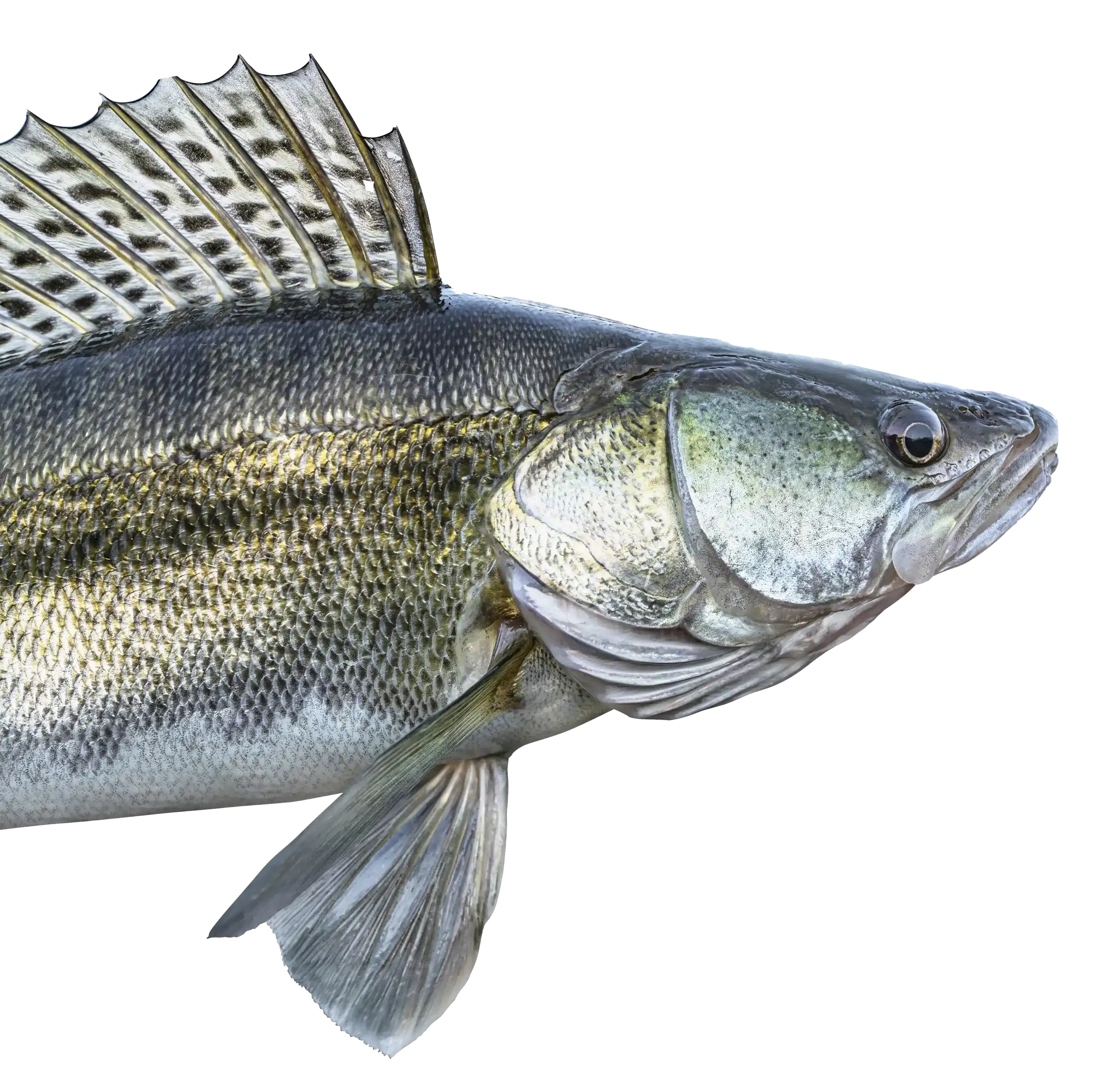
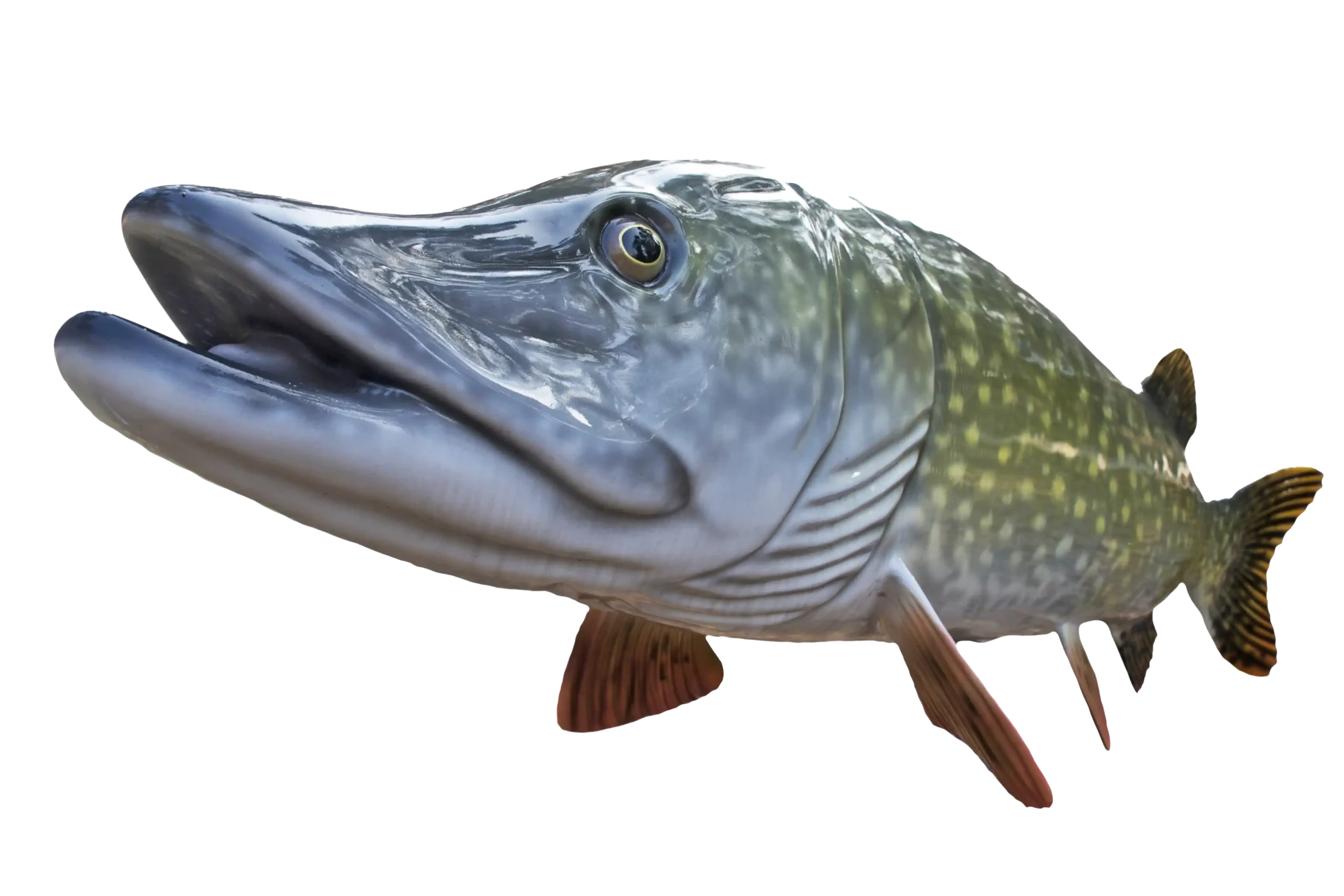
MTT. Minnesota Tournament Trail
NWT. National Walleye Tour
AIM. Angler’s Insight Marketing
Chili Bowl, Border View Lodge
Arnesen’s, Summer Tournament
River Bend Resort, Ladies tournament
Zippel Bay Resort, Northern Pike Tournament
AND MORE!
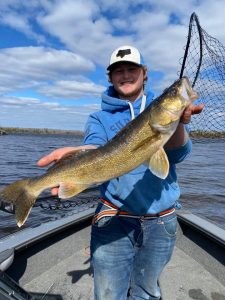
Known as The Walleye Capital of the World, Lake of the Woods is one of the best fisheries in the world for walleyes. The fishing opener did not disappoint. The majority of the anglers caught limits of walleyes and saugers with a lot of trophy walleyes mixed in. When we say trophy walleyes, we are talking walleyes over 28 inches which is typically about an 8 pounder with a good share of fish over 30 inches as well.
The majority of fishing opener walleye anglers used jigs and minnows or frozen shiners. On some lakes, anglers are used to moving around slowly with jigs and minnows trying to get over more active fish. On Lake of the Woods, however, anchoring up and jigging is a very effective method for a number of reasons. First off, the walleyes and saugers on LOW seem to move around a lot which bodes well for still fishing and simply staying put.
Second, some believe a mini ecosystem is actually created under your boat when anchored up and jigging. Scent and scales from the minnows are in the water attracting fish. In addition, anglers are jigging, often contacting the bottom of the lake and shaking their jig. All of this commotion creates vibration which equates to a meal for a walleye or sauger. More fish start to congregate, anglers are reeling in fish and there you have it, an ecosystem for angler success!
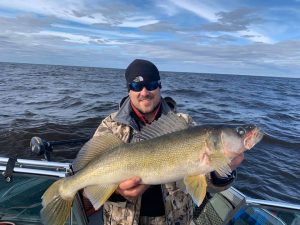
Anglers on the fishing opener also found fish throughout 4 Mile Bay. When walleyes spawn in the Rainy River, some stay in the river and others slowly make their way back into the lake. 4 Mile Bay is a natural spot to hang out with it’s warmer water, many areas just off of the current and good forage offerings for walleyes.
The majority of anglers fished Lake of the Woods along the south shore. There were good reports from the Lighthouse Gap all the way to Long Point. The most popular depths were 18-22 feet, but walleyes and saugers were caught very shallow around 5 feet and deeper than 22′ as well. As you know, walleyes are not all congregated in one area, especially in a lake with a lot of walleyes.
Up at the NW Angle, great success was also had during the opener. Shoreline structure, points and neck down areas where there is some current was the best. Once again, a jig and minnow was by far the most used presentation.
Right now is an incredible time to fish Lake of the Woods. The fish are hungry and relatively close to shore. They are caught in the river, bays and along shorelines. The water is cold and the fish are hungry.
There are many ways to experience LOW. Some anglers bring their own boat. There are numerous nice public and private boat ramps to land a boat of any size along with safe parking.
Others who don’t own a boat or simply want to make their trip easy jump in with a guide. As restrictions are lifted from early season COVID – 19 orders, more options are available each week. Contact your favorite resort for more information. 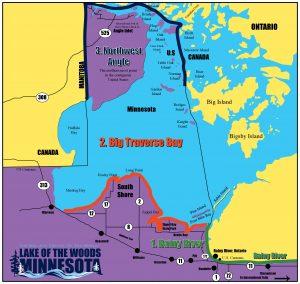
Up at the NW Angle, most visitors will hook up with one of the guides who work through the resorts. Guides up amongst the islands typically use a nice 20′ boat, perfect for accessing the 14,552 islands Lake of the Woods is famous for. This is an adventure before you even wet a line navigating amongst the islands and many great fishing areas.
With early season COVID – 19 restrictions in place which prevented visitors from traveling across the border to travel to the Angle, the options of boating across the lake from the south shore and staying in MN is one option. Another option is there are transport services which will transport you from the south shore to your favorite NW Angle resort. Contact your favorite NW Angle resort for details.
The Walleye Capital of the World rarely disappoints. If you have been to LOW, you understand. If you have not, now is the time. You wont’ regret it!


Lake of the Woods
We firmly believe that the internet should be available and accessible to anyone, and are committed to providing a website that is accessible to the widest possible audience, regardless of circumstance and ability.
To fulfill this, we aim to adhere as strictly as possible to the World Wide Web Consortium’s (W3C) Web Content Accessibility Guidelines 2.1 (WCAG 2.1) at the AA level. These guidelines explain how to make web content accessible to people with a wide array of disabilities. Complying with those guidelines helps us ensure that the website is accessible to all people: blind people, people with motor impairments, visual impairment, cognitive disabilities, and more.
This website utilizes various technologies that are meant to make it as accessible as possible at all times. We utilize an accessibility interface that allows persons with specific disabilities to adjust the website’s UI (user interface) and design it to their personal needs.
Additionally, the website utilizes an AI-based application that runs in the background and optimizes its accessibility level constantly. This application remediates the website’s HTML, adapts Its functionality and behavior for screen-readers used by the blind users, and for keyboard functions used by individuals with motor impairments.
If you’ve found a malfunction or have ideas for improvement, we’ll be happy to hear from you. You can reach out to the website’s operators by using the following email
Our website implements the ARIA attributes (Accessible Rich Internet Applications) technique, alongside various different behavioral changes, to ensure blind users visiting with screen-readers are able to read, comprehend, and enjoy the website’s functions. As soon as a user with a screen-reader enters your site, they immediately receive a prompt to enter the Screen-Reader Profile so they can browse and operate your site effectively. Here’s how our website covers some of the most important screen-reader requirements, alongside console screenshots of code examples:
Screen-reader optimization: we run a background process that learns the website’s components from top to bottom, to ensure ongoing compliance even when updating the website. In this process, we provide screen-readers with meaningful data using the ARIA set of attributes. For example, we provide accurate form labels; descriptions for actionable icons (social media icons, search icons, cart icons, etc.); validation guidance for form inputs; element roles such as buttons, menus, modal dialogues (popups), and others. Additionally, the background process scans all the website’s images and provides an accurate and meaningful image-object-recognition-based description as an ALT (alternate text) tag for images that are not described. It will also extract texts that are embedded within the image, using an OCR (optical character recognition) technology. To turn on screen-reader adjustments at any time, users need only to press the Alt+1 keyboard combination. Screen-reader users also get automatic announcements to turn the Screen-reader mode on as soon as they enter the website.
These adjustments are compatible with all popular screen readers, including JAWS and NVDA.
Keyboard navigation optimization: The background process also adjusts the website’s HTML, and adds various behaviors using JavaScript code to make the website operable by the keyboard. This includes the ability to navigate the website using the Tab and Shift+Tab keys, operate dropdowns with the arrow keys, close them with Esc, trigger buttons and links using the Enter key, navigate between radio and checkbox elements using the arrow keys, and fill them in with the Spacebar or Enter key.Additionally, keyboard users will find quick-navigation and content-skip menus, available at any time by clicking Alt+1, or as the first elements of the site while navigating with the keyboard. The background process also handles triggered popups by moving the keyboard focus towards them as soon as they appear, and not allow the focus drift outside it.
Users can also use shortcuts such as “M” (menus), “H” (headings), “F” (forms), “B” (buttons), and “G” (graphics) to jump to specific elements.
We aim to support the widest array of browsers and assistive technologies as possible, so our users can choose the best fitting tools for them, with as few limitations as possible. Therefore, we have worked very hard to be able to support all major systems that comprise over 95% of the user market share including Google Chrome, Mozilla Firefox, Apple Safari, Opera and Microsoft Edge, JAWS and NVDA (screen readers).
Despite our very best efforts to allow anybody to adjust the website to their needs. There may still be pages or sections that are not fully accessible, are in the process of becoming accessible, or are lacking an adequate technological solution to make them accessible. Still, we are continually improving our accessibility, adding, updating and improving its options and features, and developing and adopting new technologies. All this is meant to reach the optimal level of accessibility, following technological advancements. For any assistance, please reach out to